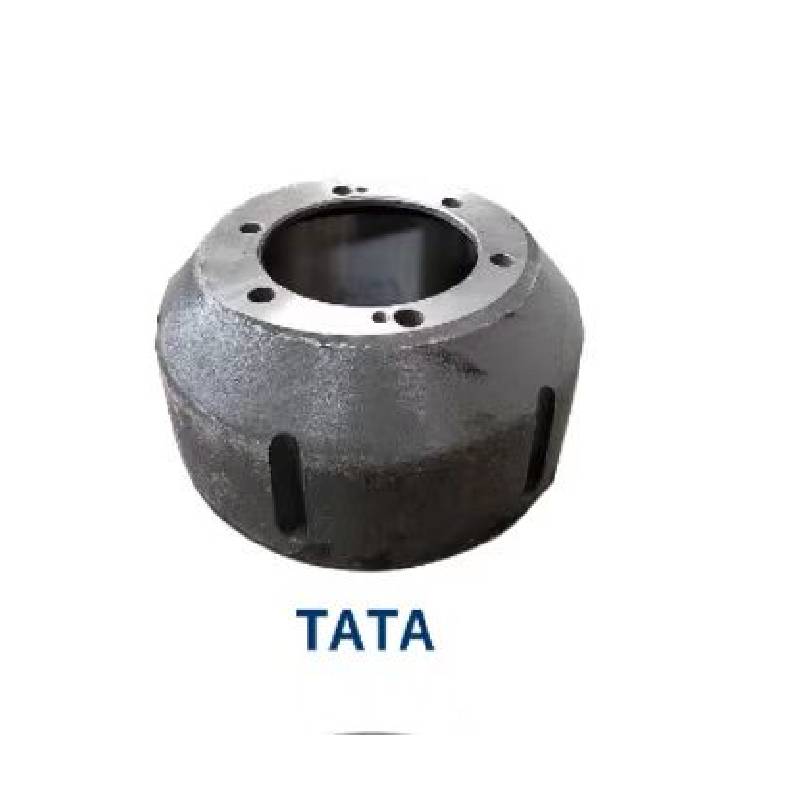Aug . 13, 2024 18:57 Back to list
Determining the Maximum Diameter Specifications for Brake Drums in Automotive Applications
Understanding Brake Drum Maximum Diameter Importance and Specifications
The brake drum is a crucial component in many vehicles’ braking systems, particularly in older models and certain commercial vehicles. As part of a drum brake system, the brake drum is responsible for housing the brake shoes and providing the necessary friction to slow down or stop the vehicle. One of the critical specifications regarding brake drums is their maximum diameter, which plays a significant role in the overall performance and safety of a vehicle.
What is Brake Drum Maximum Diameter?
The maximum diameter of a brake drum refers to the outermost diameter that a brake drum can safely achieve after wear and machining. Over time, brake drums can become worn down from regular use, which affects their performance. The maximum diameter is specified by the manufacturer and indicates the limit to which the drum can be machined (resurfaced) to restore its functionality. Exceeding this maximum dimension can lead to several issues, including decreased braking efficiency and increased risk of brake failure.
Importance of Maximum Diameter
1. Safety The primary concern with regards to brake drum maximum diameter is safety. A drum that has exceeded its maximum diameter may not provide adequate friction, which can compromise the vehicle's braking ability. This can potentially lead to severe accidents, particularly in emergency braking situations.
2. Performance The brake drum must fit appropriately with the brake shoes. If the drum is too large, it may cause the brake shoes to engage improperly, leading to uneven wear. This can result in reduced braking performance and an increase in stopping distances.
3. Cost Efficiency Regular inspection and maintenance of brake components can help mitigate the wear and tear experienced by brake drums. Awareness of the maximum diameter allows vehicle owners and mechanics to make informed decisions about resurfacing or replacing the drums, ultimately saving costs associated with possible safety issues or complete brake system failures.
brake drum maximum diameter

Factors Affecting Brake Drum Diameter
Several factors contribute to the wear of brake drums, impacting their maximum diameter
- Driving Habits Aggressive driving, frequent braking, and driving in hilly or mountainous regions can accelerate the wear of brake drums. Understanding how driving habits affect brake system components is crucial for maintenance.
- Material Quality The materials used in manufacturing brake drums can significantly influence their durability. Cheaper materials may wear down more quickly, necessitating more frequent checks on the maximum diameter.
- Heat Excessive heat produced during braking can negatively affect the shape and integrity of the brake drum. Heat causes expansion, and if the drum is consistently subjected to high temperatures, it can lead to warping and premature failure.
Maintenance and Replacement
To ensure optimal performance and safety, vehicle owners should regularly check their brake drums for signs of wear. This includes measuring the diameter and comparing it with the maximum allowable value. If the brake drum approaches or exceeds this maximum diameter, it may be time for resurfacing or replacement. A professional mechanic should perform such evaluations to ensure accuracy and safety.
In conclusion, understanding the maximum diameter of brake drums is vital for maintaining vehicle safety, performance, and longevity. Regular inspections, acknowledging the effects of driving habits, and ensuring the use of high-quality materials are essential practices for vehicle maintenance. By staying informed and proactive, vehicle owners can help ensure their braking systems function efficiently, contributing to overall road safety.
-
Explore Japan: Ultimate Travel Guide & Authentic Experiences
NewsAug.19,2025
-
Your Brake Drum Man: Premium & Reliable Brake Drums for Sale
NewsAug.18,2025
-
ROR Web Development: Build Fast, Scalable, Secure Apps
NewsAug.17,2025
-
Scania Brake Drums: OEM Quality for Optimal Safety & Durability
NewsAug.16,2025
-
R.V.I: Advanced Remote Visual Inspection for Precision
NewsAug.15,2025
-
Discover HYUNDA: Innovative Vehicles, Equipment & Solutions
NewsAug.14,2025
